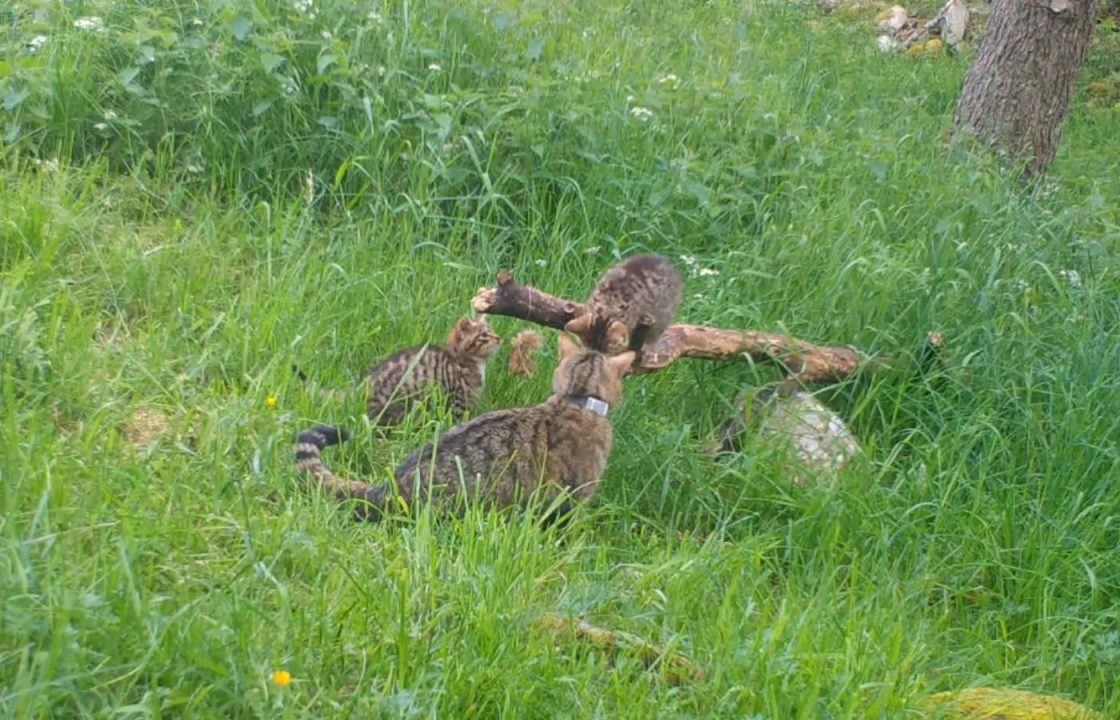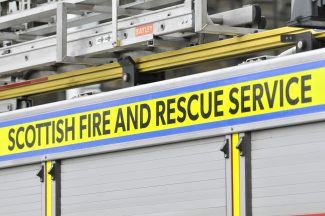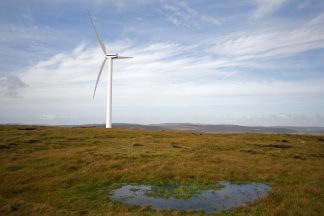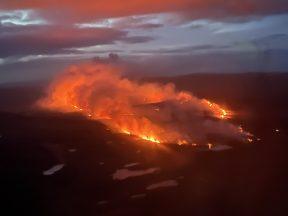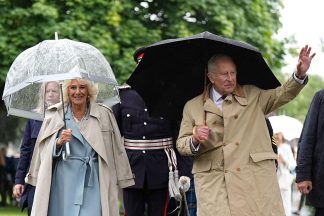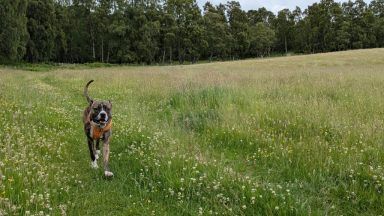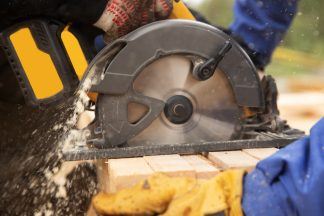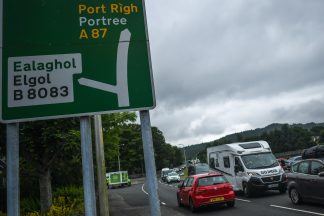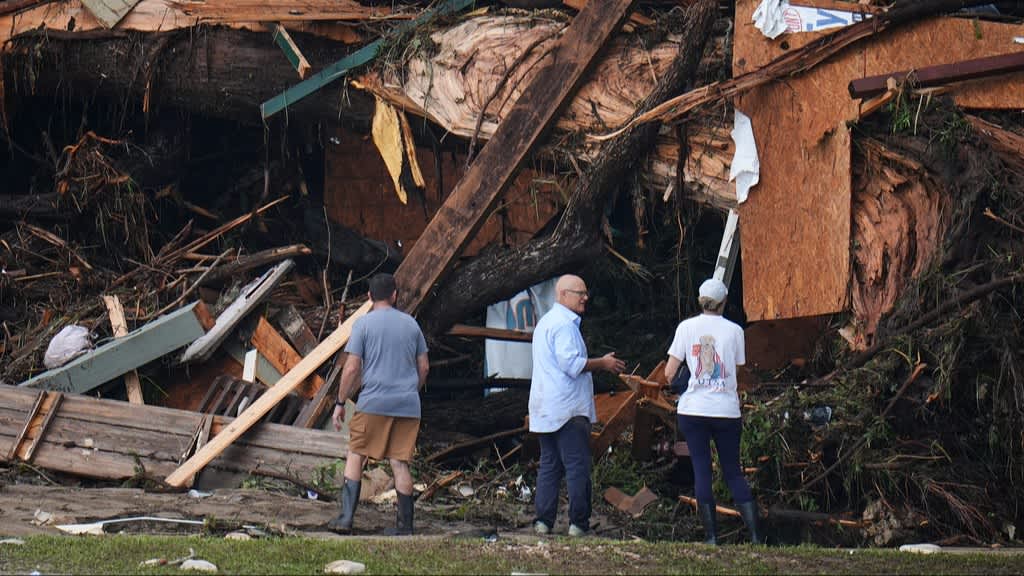Two wildcats released into a national park last year have given birth, marking a “major milestone” for wildcat recovery in Scotland, conservation experts have said.
Nineteen wildcats bred in captivity were released into the Cairngorms National Park last June as part of efforts to save the species which in 2018 was deemed to be on the verge of extinction.
The Saving Wildcats partnership, led by the Royal Zoological Society of Scotland, said that at least two of the females have now given birth in the wild.
The project is working to restore Scotland’s critically endangered wildcat population by breeding and releasing them into the wild and mitigating threats to the species.
Dr Keri Langridge, Saving Wildcats field manager, said: “We suspected that some of the females had given birth when their movement and activity changed very suddenly but didn’t know for sure until footage of the kittens was captured on our cameras.
“With the support of local landowners, gamekeepers and the local community, our field team has successfully managed to monitor and film these kittens in the wild – which is no simple task.
“We have taken extreme care not to disturb the mother and kittens, and we carry out all monitoring work under licence from NatureScot.
“We didn’t dare to dream that we would have wildcat kittens in the first year of releases, and seeing those kittens on the video was the most exciting moment of the project so far.”
Of the 19 wildcats released in summer 2023, 16 are currently alive and are being monitored by the Saving Wildcats field team.
A further two are presumed to be alive and have dispersed beyond the range the team can track them while one female cat died five weeks after release.
Two primary threats to wildcats, dubbed the Highland tiger, are interbreeding (hybridisation) with domestic cats and predator control activities.
The paternity of the kittens born this year is not known but when they are old enough the project team will attempt to get a DNA profile from them.
Dr Helen Senn, lead for Saving Wildcats, said: “This is a major milestone for wildcat recovery in Scotland.
“These births demonstrate that the process of breeding wildcats for release into the wild is working, as those released animals have learned to hunt and survive – and now reproduce in their first breeding season, a clear indication that they are doing well.
“However, we have to bear in mind that life in the wild is hard and they will face may challenges. While the mortality rate for wildcat kittens in their first year of life can be high, we are hopeful for the future of these kittens.
“There is also the risk of interbreeding (hybridisation) between wildcats and domestic cats, despite our efforts to trap, neuter, vaccinate and release feral domestic cats in the local area.
“That’s why we always emphasise the important contribution to wildcat conservation that local people can make by ensuring their pet cats are neutered, as well as microchipped and vaccinated.”
The project team know from the cats’ GPS-radio collars that the two females that have given birth have overlapped with male wildcats.
Dr Senn said: “Once the wildcats are old enough, we will attempt to get a DNA profile from them.
“We are hopeful that they are indeed the offspring of male wildcats that were released last year – and the first of many more to come.”
Follow STV News on WhatsApp
Scan the QR code on your mobile device for all the latest news from around the country


